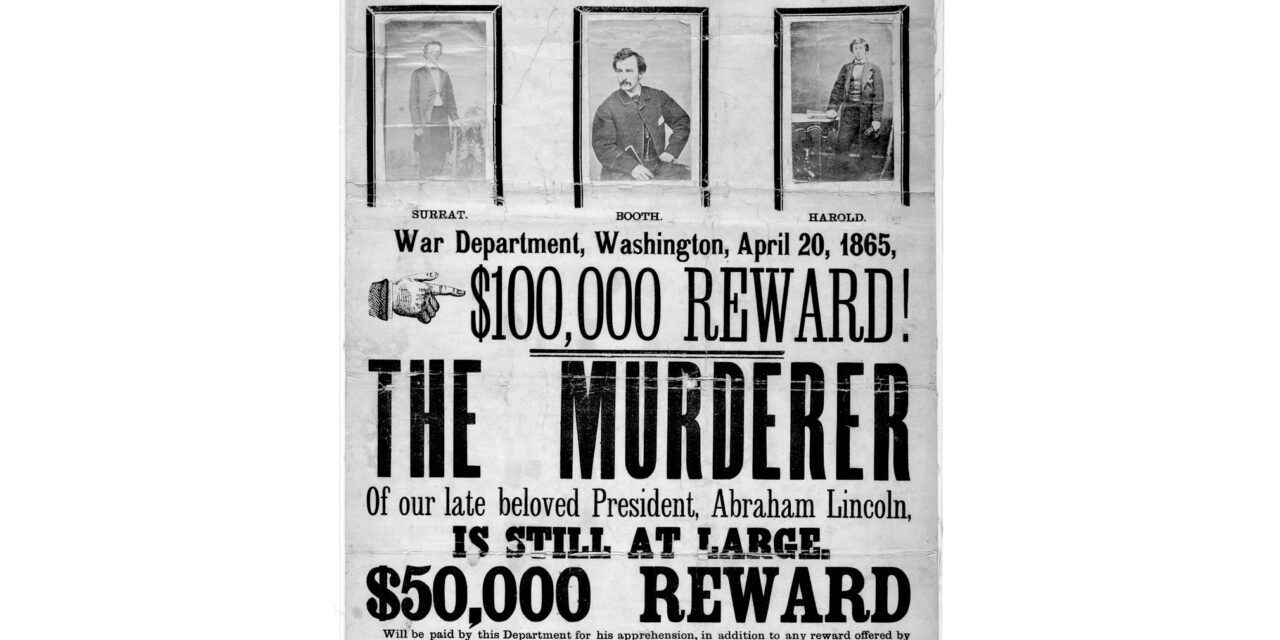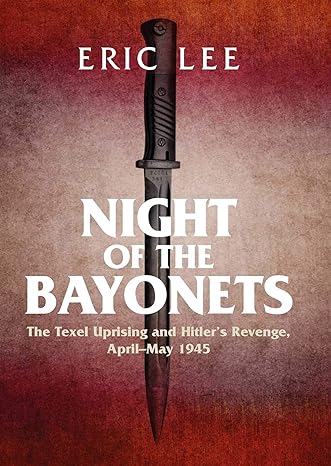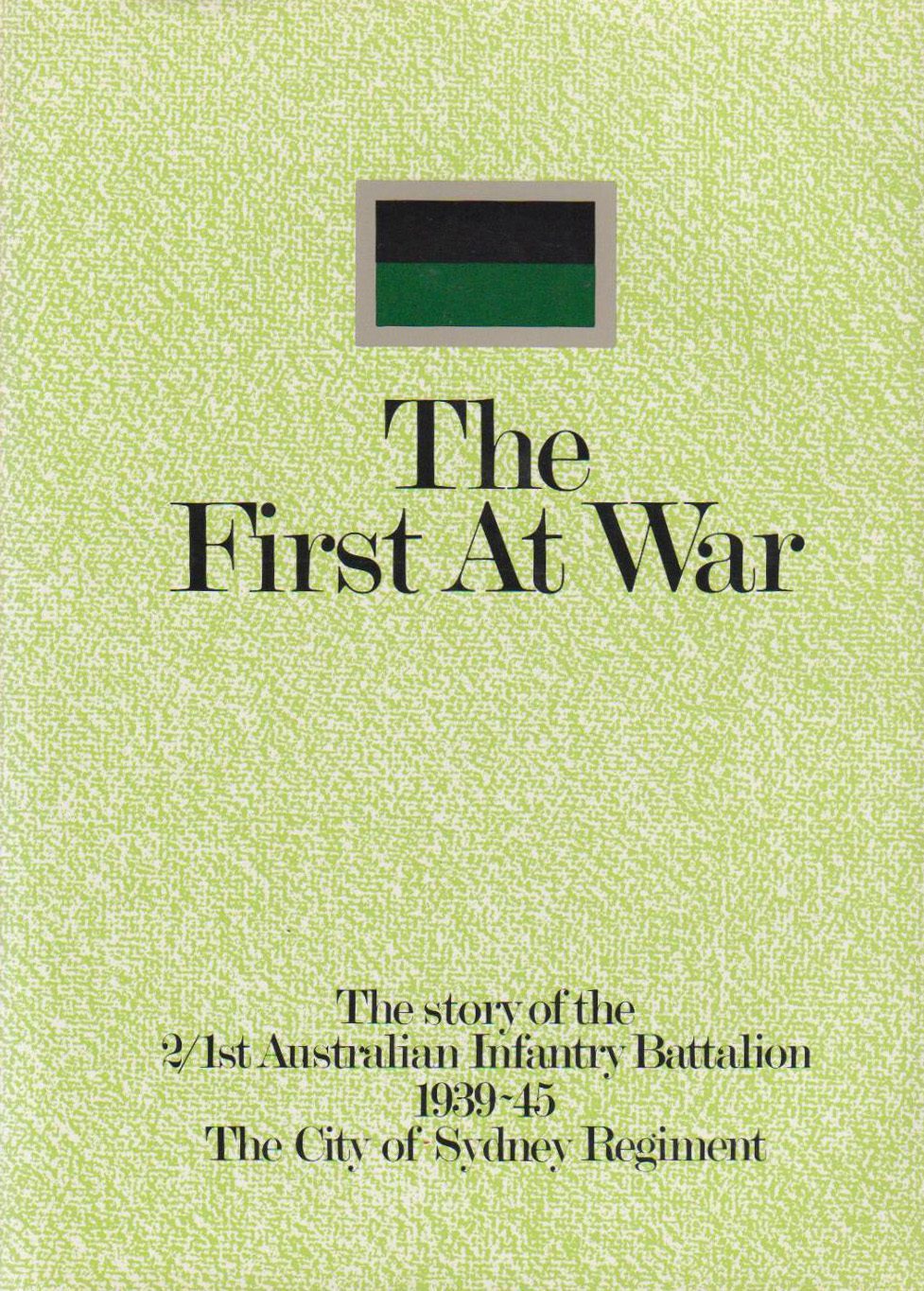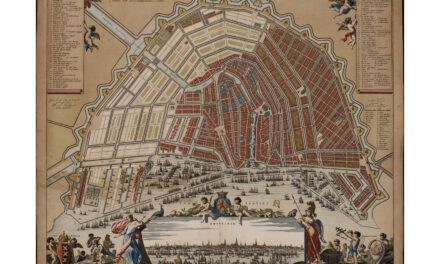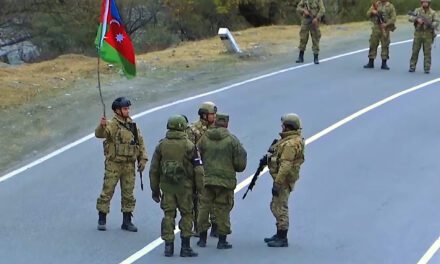History Guild General History Quiz 193
See how your history knowledge stacks up!
Want to know more about any of the questions? Scroll down to learn more!
Have an idea for a question? Suggest it here and we’ll include it in a future quiz!
The stories behind the questions
1. Who took over as US President after Abraham Lincoln was assassinated?
Andrew Johnson – Johnson was a Democrat who ran with Lincoln on the National Union Party ticket. He favored quick restoration of the seceded states to the Union without protection for the formerly enslaved people.
2. Who led the 1096 People’s crusade?
Peter the Hermit – A priest from Amiens, he raised followers from England, Lorraine, France, and Flanders. Peter and his troops participated in the torture and slaughter of Jews in Lorraine, Cologne, Worms, Speyer and Mainz. They then pillaged their way through Hungary before reaching Constantinople. After crossing the Bosporus his poorly armed and undisciplined forces were destroyed by the Turks at the Battle of Civetot.
3. During WW1 how many German POW’s managed to escape captivity in Britain and return to Germany?
1 – Gunter Pluschow, who escaped from a PoW camp at Donington Hall, in Leicestershire, was the only German to make it home in World War I, largely because he managed to adopt a disguise and stow away on board a cargo ship at Harwich. In 1917 German POWs staged a mass escape from a camp in Sutton Bonington, now part of the University of Nottingham, however all were recaptured.
4. Which of these countries has Russia under Vladimir Putin invaded?
Georgia – The 2008 Russo-Georgian War saw Russia take and occupy most of South Ossetia and expel ethnic Georgians from this region. The fact that Putin was successful in this invasion and didn’t suffer significant international implications emboldened him to invade Ukraine.
5. Louis XVI’s marriage to Marie Antoinette cemented France’s alliance with which country?
Austria – In 1770 at age 15, Louis-Auguste (future Louis XVI) married 14-year-old Habsburg Archduchess Maria Antonia (better known by the French form of her name, Marie Antoinette), the youngest daughter of the Holy Roman Emperor Francis I and his wife, Empress Maria Theresa of the Habsburg dynasty. The French public was hostile towards the marriage. France’s alliance with Austria pulled the country into the disastrous Seven Years’ War, in which it was defeated by the British both in Europe and in North America. By the time Louis-Auguste and Marie Antoinette were married, the French people were generally critical of the Franco-Austrian alliance and Marie-Antoinette was seen as an unwelcome foreigner.
6. When was the first writing in a Germanic language recorded?
100 CE – A language family that includes modern English and German, it doesn’t have any recorded writing until this relatively recent time. This contrasts with Sumerian writing found from 3400 BCE, precursors to Chinese which recorded from 1600 BCE and Greek from around 800 BCE.
7. Which of these battles occured in 1066?
Hastings – 1066
Bosworth – 1485
Crécy – 1346
Agincourt – 1415
8. Which organisation has the ‘Long march’ as part of its foundational identity?
Chinese Communist Party – A retreat by the Communist Red Army from advancing Nationalist forces during the Chinese Civil War in 1934 to 1936 it saw a new Communist base of operations established in the northwestern province of Shaanxi. This included the First Red Army under Mao Zedong, who featured it heavily in his public image.
9. Tenochtitlan was the capital of which empire?
Aztec – The Aztec empire a collection of city-states. Mexico City today is built on the ruins of Tenochtitlan, which was the capital of the Aztec empire.
10. Which country ruled Finland from 1809 to 1917?
Russia – In 1809 Finland was taken over by the armies of Alexander I of Russia, and made an autonomous Grand Duchy in the Russian Empire. This continued until Finnish independence in the wake of the Russian revolution.

